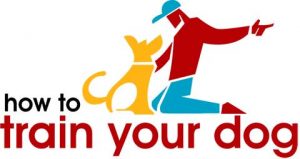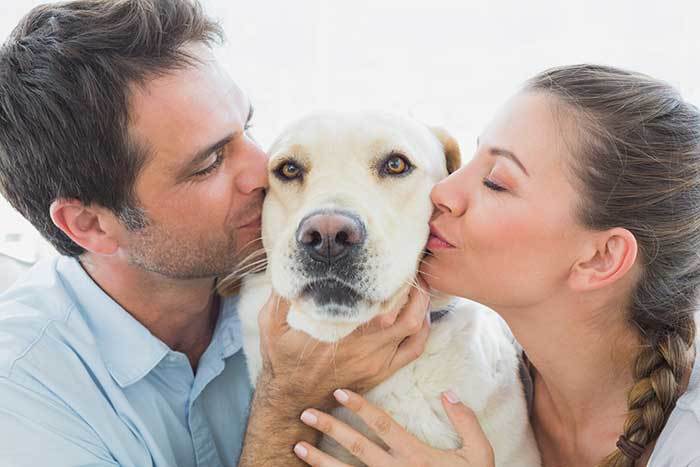Kissing is one of the fondest ways of showing affection among humans. It doesn’t matter whether it’s a peck on the cheek or a French kiss; the intention is always to display love and adoration.
Since we exchange kisses among our family and friends almost on a daily basis, it’s not unusual to come across a pet owner kissing their dog as a sign of affection.
Indeed, it’s a profound way of expressing our deep love for these furry, little friends. And since dogs are known to repay every good deed, you may even see them responding by licking their owner’s face or nudging their head in return.
However, we should remember that dogs communicate differently from humans. And while a kiss may be intended to express our deep affection for our canine friends, the dog may interpret it to mean something else altogether.
In this post, we will explore how dogs understand a human kiss. But first things first; do dogs like kisses, to begin with?
The perfect answer to that question is “not necessarily”. As you may already know, kissing isn’t a natural phenomenon among dogs. As a matter of fact, it’s only after months of rigorous training that most dogs come to learn and enjoy kissing.
That means before your pooch understands what kissing is, you may be sending all the wrong signals whenever you kiss and cuddle it. Don’t be fooled into believing that a dog licking your face in return is an indication that it likes to be kissed.
In most cases, the dog is trying to communicate completely different messages, such as expressing submission, relieving stress, or showing affection.
Read on for more insights on the topic.
Do Dogs Understand Kisses?
To answer this question conclusively, we should first investigate how dogs communicate.
As we’ve already pointed out, dogs communicate very differently from humans. Therefore, we should never interpret a dog’s behavior in human terms.
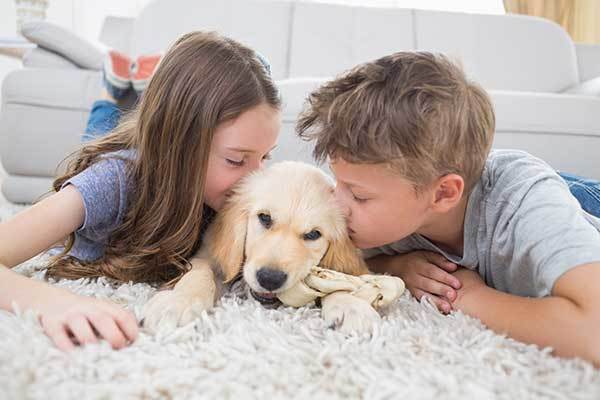
For instance, a dog may bark and whine to their owners or other dogs. However, those actions shouldn’t be construed to imply that the dog is talking or necessarily angry.
While humans primarily rely on verbal and sign language as their major modes of communication, dogs use facial expressions and body posturing to express their ideas and emotions.
In an attempt to understand how dogs communicate, we may compare them with some of their wild relatives, such as wolves and jackals.
Indeed, recent research indicates that some dog breeds, such as Huskies, have retained most wolf-like language traits. But for the most part, the dogs’ ways of communication have evolved from the time they were first domesticated by humans.
And since some dogs have retained the language traits of their wild ancestors, it becomes difficult for different dog breeds to communicate effectively. That means it’s even more challenging for us to understand a dog’s way of communication.
Therefore, it’s logical to say that dogs don’t innately understand kisses, at least not the way humans perceive them. A dog would need to be trained to learn about the meaning and symbolism of a kiss.
How Dogs Communicate
One way to answer the question “do dogs understand kisses from humans?” is to explore the different ways dogs communicate with humans as well as other dogs.
The following are some of these ways.
1. Eye Contact
Eye contact is one of the common ways dogs communicate their ideas and emotions. If a dog maintains constant eye contact with you, it might be trying to display affection, trust, and submission.
On the other hand, a dog will avoid eye contact with you if it’s uncomfortable or scared of you. Most dogs avoid eye contact with their owners as an expression of cowering and self-guilt after engaging in naughty behavior.
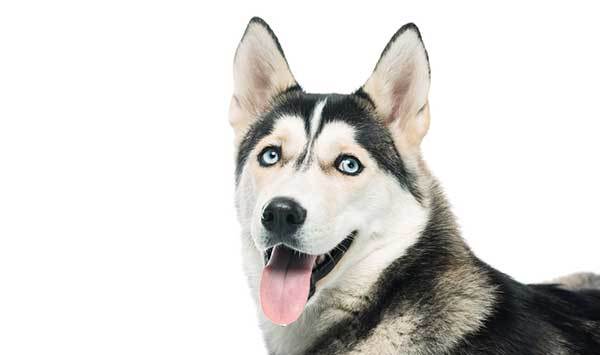
2. Sneezing and Yawning
You may be forgiven for thinking that a dog only sneezes when it’s down with flu, or yawns when it’s about to sleep.
A misplaced sneeze or yawn among our canine friends is usually a sign that the dog is stressed or uncomfortable around unfamiliar people or other pets.
However, dogs may also yawn when they feel perfectly content being around you. To decode the message, you should establish whether the yawn is appropriate or misplaced.
3. Belly Exposure
A dog rolling on the grass while baring its belly is usually a message that the dog is trying to appease you.
Perhaps, it’s challenging you to come play the game of fetch. Belly exposure is also a sign of passive resistance to a real or perceived threat.
4. Tail Exposure
Most dogs wag their tails when they’re generally happy and pleased to have you around. When the intent is to express excitement, dogs tend to shake their tails so vigorously that their butts also wiggle.
However, dogs may also use their tails to communicate a different range of emotions. For instance, dogs wag their tails slowly when they’re cautious and nervous. When the tail is stiff and held high, it could mean the dog is on high alert.
A tucked tail may demonstrate feelings of fear and anxiety. Lastly, a low tail could denote contentment being around their owners.
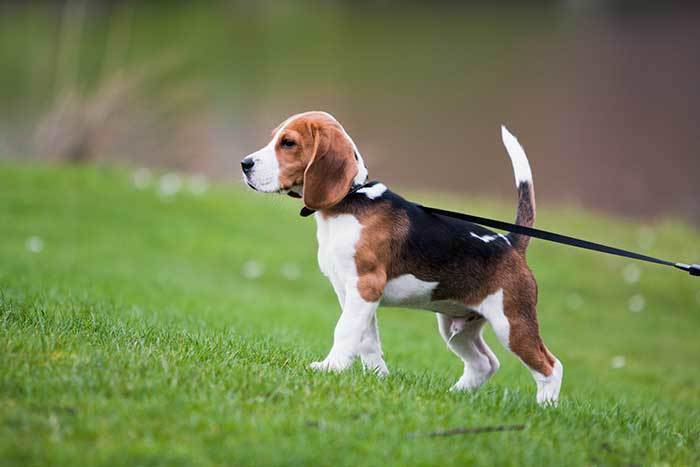
5. Tongue Flicking
Dogs tend to flick their tongues to pass across a series of messages to their owners or other dogs. Tongue flicking could mean anxiety or a desire to appease their owners.
6. Raising a Paw
Dogs may raise their paws to communicate their desire to get your attention. Sometimes, the behavior could be accompanied by a gentle tap on your legs.
While adult dogs will raise their paws gently to appease their owners, puppies communicate the same intention by pawing the air repeatedly.
ALSO READ: 5 Dog Sleeping Positions and What They Mean
7. Bringing Things to You
Fetching objects, such as balls, sticks, and toys, is mostly interpreted as an invitation to play.
However, if a dog brings something it usually cherishes and drops it at your feet, the dog could be trying to express affection and appreciation for having you as its owner.
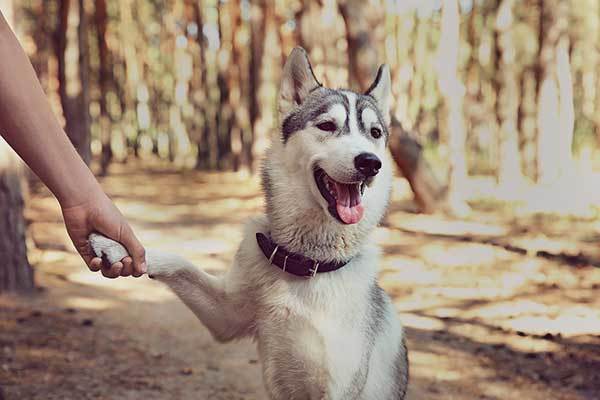
8. Play Bowing
Play bowing is another gesture we mostly associate with an invitation to play.
In this gesture, your dog will typically approach you from the front and dive into a bow, usually with its front legs laid flat on the ground and the butt raised in the air.
9. Leaning against You
Dogs cuddle their owners by leaning against them. It’s their unique version of hugging us. If the leaning is accompanied by some rubbing, it could indicate the dog is also trying to scent-mark you while being affectionate.
10. Freezing
Dogs freeze on numerous occasions. You might be out on your regular walks and notice your pooch suddenly freezes.
The dog may also freeze when eating, drinking or engaging in any other regular activity. Freezing is a sign of uncertainty, and that the dog desires to be left alone.
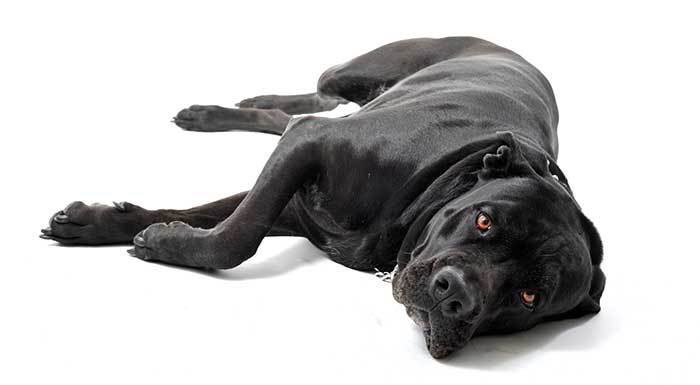
The best way to analyze each of the above methods of communication is to establish whether it’s aggressive or submissive behavior. It’s only then that you’ll be able to respond appropriately.
If the behavior is submissive, the dog will usually approach you from the side. It’s their way of greeting you and diffusing any tensions before it can come any closer.
Aggressive dogs will likely approach you from behind or head-on. That way, they can have the upper hand and attack if need be.
Having observed the numerous ways through which dogs communicate, you may be wondering where that leaves kissing. Indeed, you might still be asking yourself, do dogs like being kissed?
Well, the closest doggy behavior that can be compared to kissing is licking. Dogs may lick each other to show affection.
But when it comes to humans, licking is more of a scent-marking behavior than it’s a mode of communication. And even when a dog licks you to pass across a message, the message is never anything related to the human version of kissing.
So, do dogs know what kisses are? No, they don’t, unless you train them to learn and master the behavior.
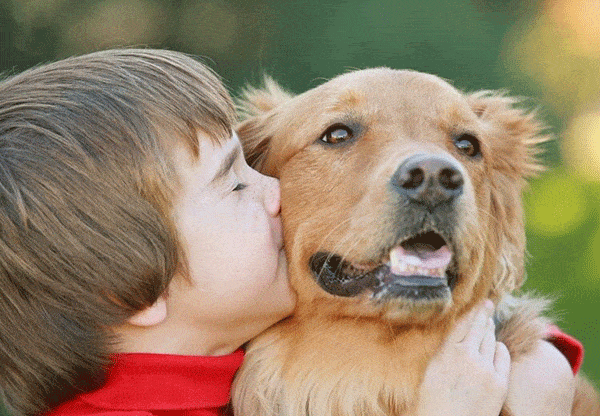
Do Dogs Like When We Give Them Kisses?
We tend to kiss our dogs nearly the same way we kiss amongst ourselves.
Typically, we bring our faces within close contact of our dogs’ faces, often rubbing gently against them. At times, we may even throw our arms around their shoulders and tightly embrace them.
From the human point of view, we may relish the moments and hope our canine friends feel the same way too. Well, far from it! In a dog’s world, kissing may come with every possible negative connotation.
First, an average dog isn’t likely to ever be in the mood for kissing. That’s because they don’t respond to kissing intrinsically. Being such an unfamiliar show of affection, the dog might get all the wrong vibes and react inappropriately.

Also, remember what we mentioned about submissive and aggressive behaviors. Approaching a dog head-on may come across as an act of aggression, and the dog may respond violently.
If you’ve been keen enough, you may have realized that dogs greet each other from the side. Rarely do dogs approach each other straight on, or sneak behind one another’s backs. Doing so would be tantamount to declaring war.
Unfortunately, kissing doesn’t create an ideal situation to approach a dog cautiously. Besides, the mere fact of rubbing your face against that of a dog is, in a dog’s language, an assertion of control and dominance.
Most dogs understand that their owners rank higher than them in the family pecking order. But for dogs that don’t, they would want to protect their territories and subdue anyone or anything that encroaches into their space. Therefore, the dog might feel threatened if you come within very close contact of it, and may take on a defensive behavior.
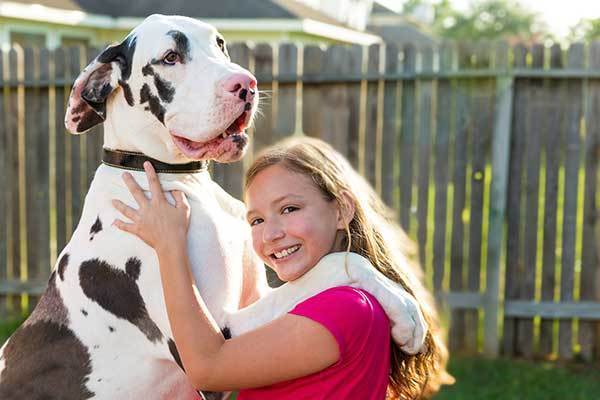
So, do dogs understand kisses as affection?
They sure don’t. As a pet owner, your best bet is to train your dog to accept kissing as a normal way of expressing affection. With proper training, the dog might actually come to enjoy kissing and even reciprocate the gesture.
But can dogs feel when you kiss them?
To establish whether your dog likes to be kissed or not, observe how it responds. There are numerous dog-talk signs you can read to ascertain that.
For instance, a dog that turns its head away each time you want to kiss it might find the behavior downright threatening. The same applies to dogs that stiffen their bodies, yawn or lick their lips.
What Does Licking Mean For Dogs?
When dogs lick each other’s’ muzzles, they’re usually trying to communicate various messages.
In most cases, licking among dogs is a show of affection. It’s also how dogs greet one another.
Licking is usually more intense between mothers and puppies. Besides grooming and eliminating parasites, mothers lick their puppies as a show of affection.
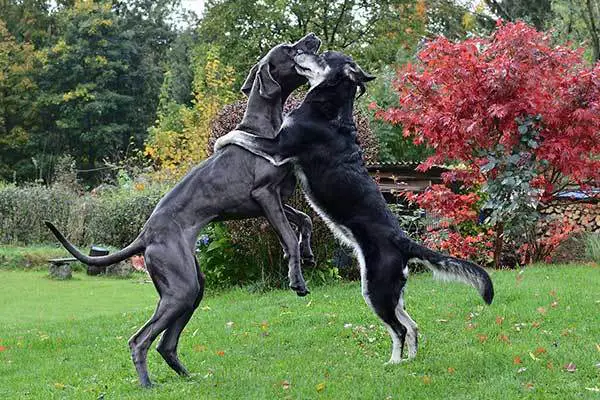
As the puppies grow older, you’ll spot them licking the mouths of their mothers. That’s intrinsic behavior dogs have carried on from their wolf ancestry when puppies used to feed on their mother’s regurgitated food.
When dogs lick themselves, they usually release a hormone called endorphins. Also known as the feel-good hormone, endorphins is associated with stress relief and makes the dog feels relaxed.
Besides expressing affection, dogs also lick each other’s noses to explore scents, get attention, show submission and warn intruders to back off. Which brings us to the question, do dogs like when you kiss their nose?
As you can see, licking among dogs is a profound method of communication. However, the case is a little different with humans, and we should never construe licking as kissing.
If your dog licks you, the chances are that it’s trying to get more information about you. The information could be anything, ranging from what you’ve eaten to where you’ve been etc. Remember, dogs primarily use their senses of smell and taste to explore the world.

Secondly, a dog may lick you when it’s trying to draw your attention to something. It could be a danger lurking in the shadows that you’re yet to make out, or a subtle request to have you refill their water bowl.
Your dog may also lick you when it feels threatened by you. This normally results from your very own act of trying to kiss it, and it especially applies to injured or nervous dogs. It’s their way of politely asking you to back off.
In some cases, dogs lick their owners as attention-seeking behavior. If you’ve responded positively whenever your pooch licked you in the past, then the dog will be readily disposed to licking you.
Evidently, a dog licking their owner has nothing to do with kissing them back. In fact, it could suggest the dog doesn’t feel comfortable at all being kissed.
- Happy Dog Promise: Our premium snuffle mat for dogs will keep your puppy calm & occupied, fulfilling your dog’s natural desire to sniff. It can be…
- Improves Metal Health: Ideal for all-sized dogs, Paw 5 dog enrichment toys make mealtimes fun & stimulating. Promoting slower eating, reducing…
- Pet Safe 100% – 7 years of R&D: Paw 5 is Handmade from soft organic cotton fibers. Our high-quality, non-toxic, durable, and odorless materials ensure…
Last update on 2025-01-03 / Affiliate links / Images from Amazon Product Advertising API
Is Kissing Your Dog Safe?
As we’ve already pointed out, kissing your dog isn’t safe at all. Unless the dog has been adequately trained to associate kissing with greetings and a display of affection, it may respond inappropriately.
According to research, 400,000 children in the US alone get bitten by dogs every year. And kissing has been cited as one of the common triggers for bites on the head and face.
Besides, a dog’s body is made up of numerous bacteria and viruses that the human body cannot fight. An ordinary day in a dog’s life is characterized by biting and licking potentially-toxic substances, including human fecal matter. In the process, they acquire zoonotic bacteria.
Grooming and bathing your dog regularly isn’t enough, since biting and licking things is in their DNA. Therefore, kissing your dog and having it lick your face might expose you to these harmful microbes. Specifically avoid your dog licking you in the mouth, nostrils, or eyes.
If you can, schedule regular vaccination and deworming appointments with your vet to ensure the dog is rid of parasites. Also, training can go a long way in helping the dog tame its natural tendency to bite and lick everything.
ALSO READ: How To Clean A Dog Without A Bath (9 Tips)
When do dogs like being kissed?
The only time dogs feel comfortable being kissed is when they’re well-socialized. But even after training, always observe how the dog responds each time you kiss it. If it reacts positively and even tries to exact the kiss from you, then chances are it enjoys being kissed.
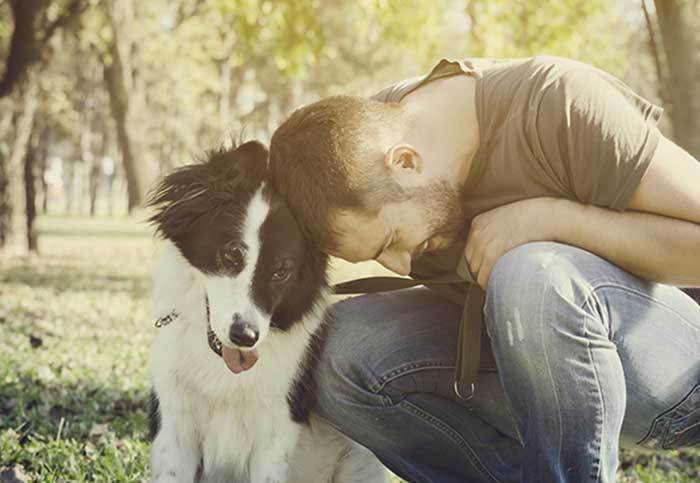
Conclusion
So, do dogs like kisses? Intrinsically, they don’t. But with adequate training, your dog may find kissing fun.
⚠️ Just remember that when starting out, avoid kissing dogs straight on their face as that’s often interpreted as a sign of aggression.
Checkout Our Favorite Dog Products
1. BEST PUPPY TOY
We Like: Snuggle Behavior Toy with Heart Beat & Heat Pack – Ideal toy for new puppies.
2. BEST DOG TRAINING PROGRAM
We Like: Doggy Dan The Online Dog Trainer – Stop any dog problem and raise the perfect puppy with The Online Dog Trainer.
3. BEST FOOD FOR DOGS AND PUPPIES
We Like: Victor Super Premium Pet Food – Ideal for growing puppies and pregnant or lactating females. Also provides sustained energy for sporting dogs and dogs with high physical demands.
4. BEST DOG DNA TEST
We Like: Embark Dog DNA Test – Embark screens for over 250 dog breeds + tests for 170+ genetic diseases including MDR1 drug sensitivity, glaucoma, degenerative myelopathy, and dilated cardiomyopathy, some of the most common adult-onset diseases in dogs.
5. BEST DOG PUZZLE TOY
We Like: Outward Hound Interactive Puzzle Toy – Every dog loves chasing squirrels at the park. The Outward Hound Hide-a-Squirrel Puzzle Toy gives your dog the same feeling as though he was outdoors chasing live squirrels.
6. Best Vacuum to Tackle Pet Hair
We Like: ORFELD Cordless Vacuum – Engineered for homes with pets. With features and tools that dig out dirt, hair and allergens everywhere your pet gets.
